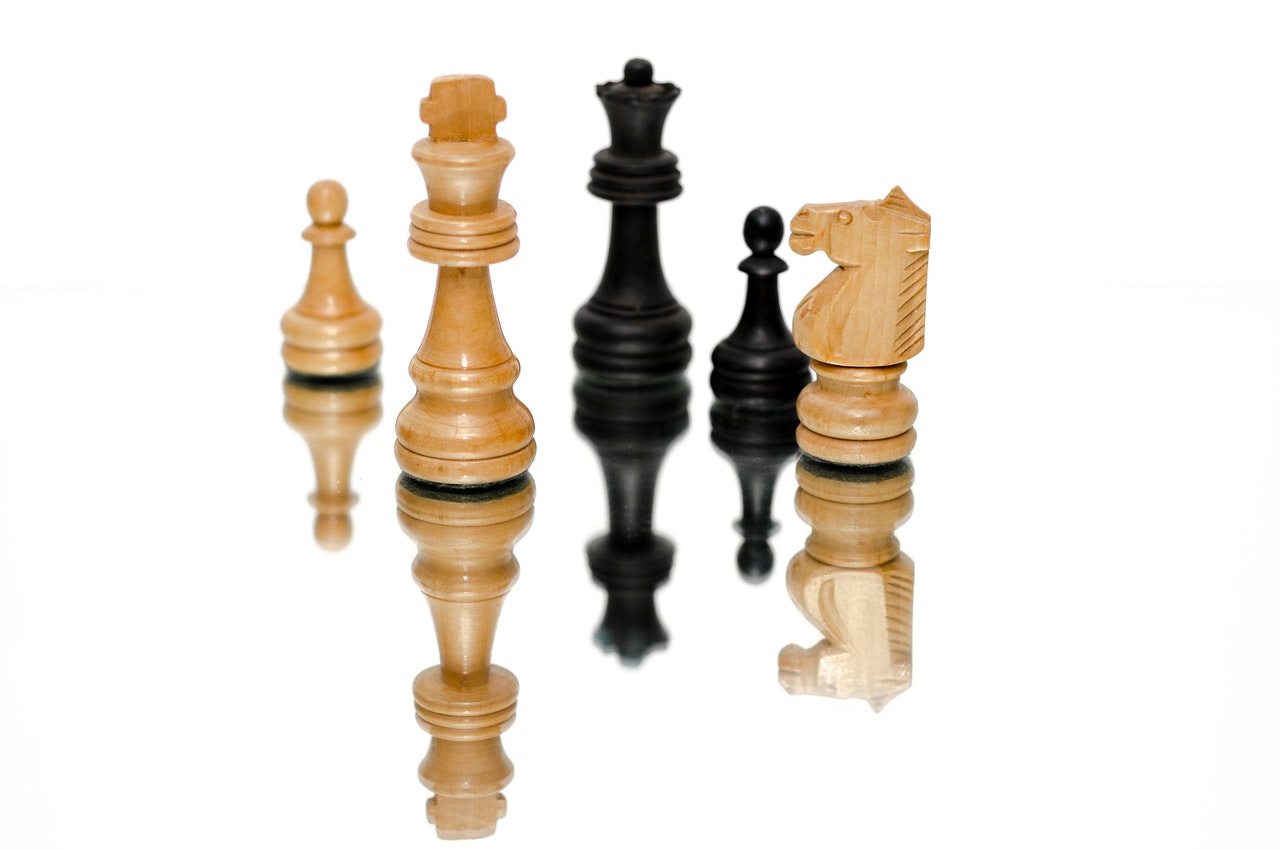
King’s Gambit

The King’s Gambit is an opening in chess that begins with two moves, e4 e5, and f4. The white side player offers a pawn to divert the black pawn on the e line. If the black player accepts the gambit, the white player is left with two main options. The first is to play and regain the gambit pawn, which gives the white side player domination of the centre of the board. The alternative play is to play along the f line, which should be the weakest point in the black side player’s position. One of the biggest downsides to the King’s Gambit is that the white side player weakens his own king’s position and if brought into an early check will lose his ability to castle.
The King’s Gambit is one of the oldest openings known in the chess world, as it was originally examined by the 17th century Italian chess player Giulio Cesare Polerio. There are references to the gambit in older texts by the chess master Luis Ramirez de Lucena.
In the 19th century the King’s gambit was one of the most popular openings, frequently being used by masters and grandmasters at the time. Today the opening has seen a dip in p opularity, and it infrequently seen at higher levels of play, as the black side player can obtain a reasonable position by returning the extra pawn to consolidate.
opularity, and it infrequently seen at higher levels of play, as the black side player can obtain a reasonable position by returning the extra pawn to consolidate.
There are two main branches of the King’s Gambit, depending on whether the gambit is accepted or declined. Opinion on the usefulness of the gambit has been debated by chess players, including grandmasters, for centuries, with Francois-Andre Danican Philidor, the greatest theorist and chess player of his day, claiming that the King’s Gambit should end in a draw if both players play their best game. This theory has been disproven a number of times over the years, with grandmasters beginning to play the defence after World War II, albeit rarely.
In 2012, an April fool prank was performed by Chessbase who perpetrated the hoax alongside the inventor of the chess engine Rybka, Vasik Rajilich. The hoax claimed to have solved the King’s Gambit with a 99.99999% certainty that the King’s Gambit is at best a draw for the white side player. Rajilich later went on to say that computers would be unlikely to solve the King’s Gambit before the year 2120 with the current rate of computational progression.